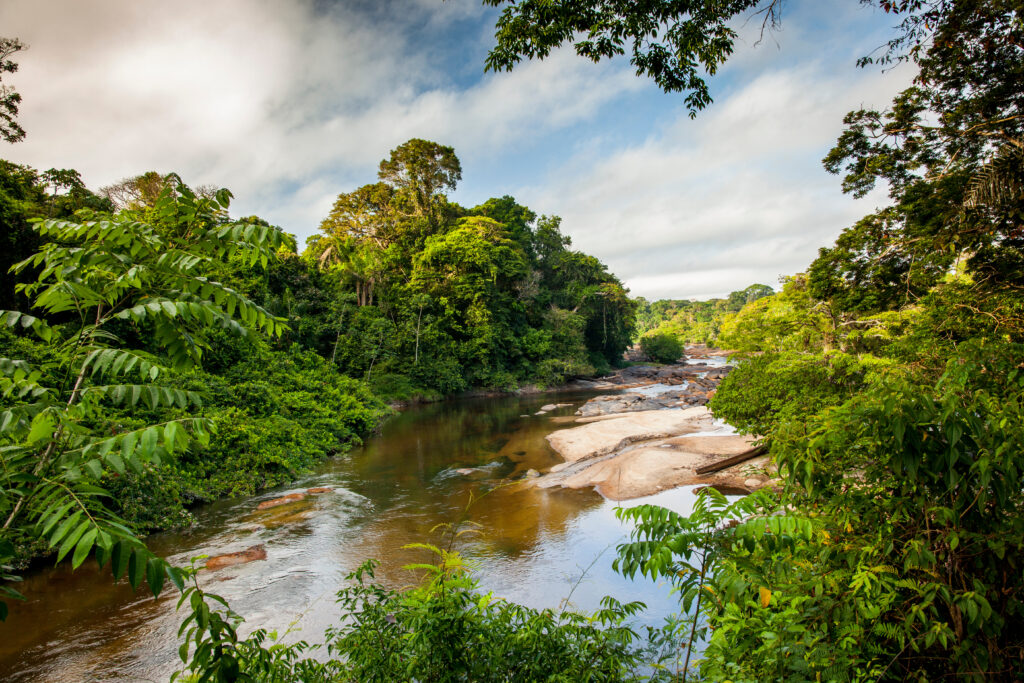
A tiny South American country nestled between Brazil and Guyana, Suriname is 95% covered by the majestic Amazon rainforest. The result is an abundance of parks and nature reserves, scattered throughout this country of overflowing biodiversity. Suriname is also distinguished by the richness of its multicultural, polyglot people, living in symbiosis with nature. Discover the most beautiful places to see and visit in Suriname.
1- Visit the capital, Paramaribo
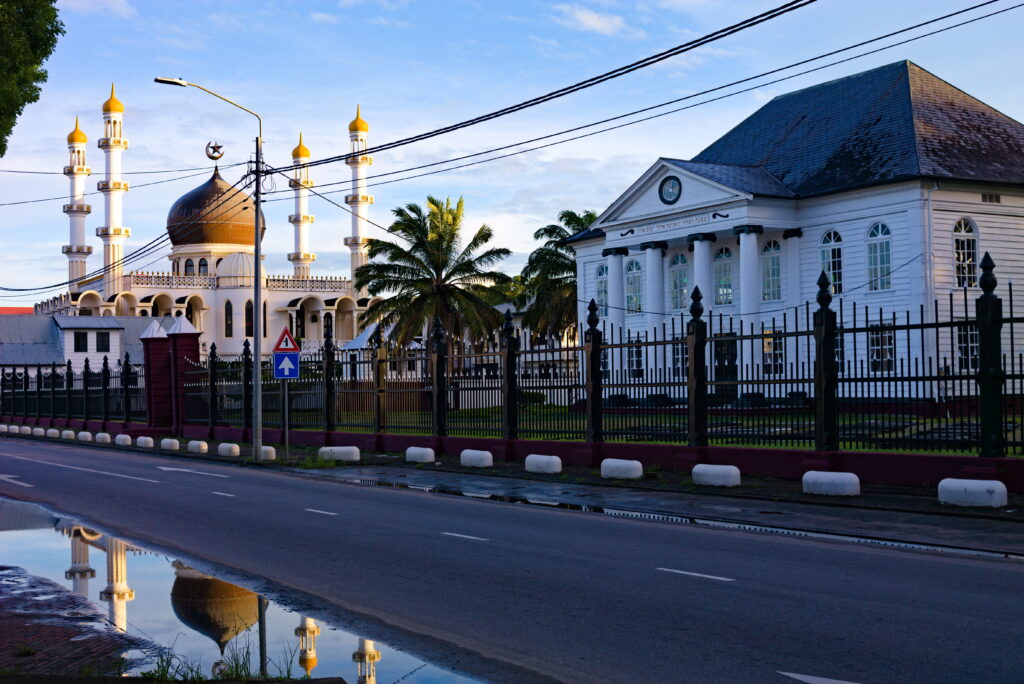
Paramaribo, the country's capital, is a UNESCO World Heritage Site. This vibrant, multicultural city bears witness to the country's colonial past. A must-see is the Ahmadiyya Mosque, facing the Neveh Shalom Synagogue. These two opposing buildings bear witness to the peaceful cohabitation of the country's different cultures and populations. Then there's Fort Zeelandia, a place steeped in history and today a museum tracing the history of Suriname and its people.
Good to know interested in a vacation in Suriname? Take advantage of a discount by booking your your travel insurance and leave with peace of mind!
2- Brownsberg Nature Park
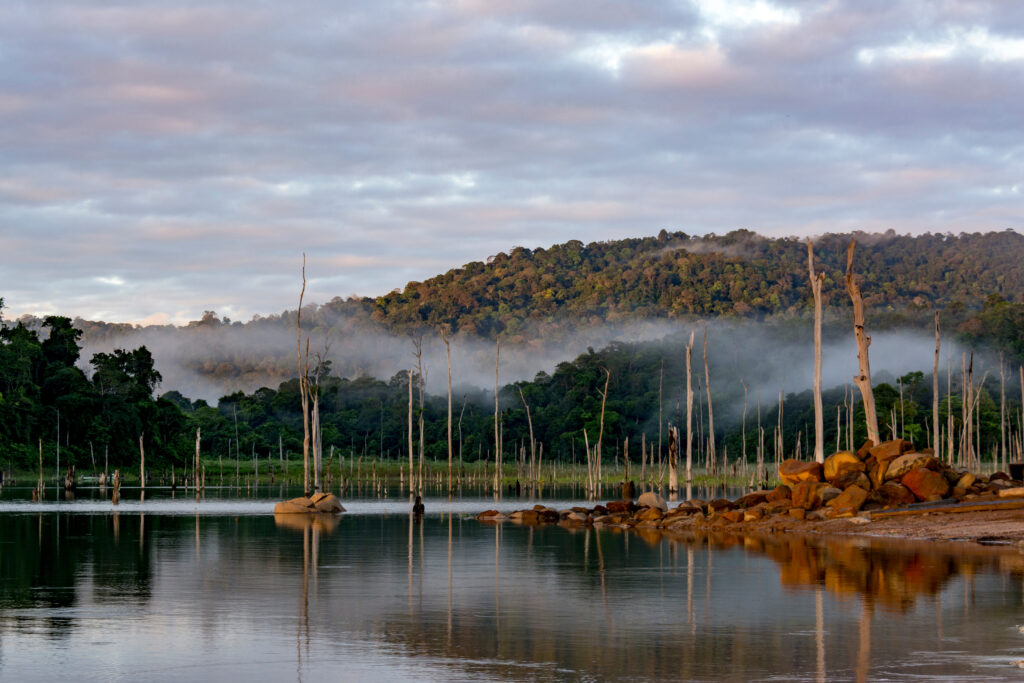
A must-see in Suriname, the Brownsberg Nature Park is a little corner of paradise for nature lovers. Covering a total area of 12,200 hectares, the park is home to almost 1,000 known plant species , over 85 of which are rare and endemic to the region. Felines and monkeys are the park's most common animals. A true hiker's paradise, eight trails take you through the forest, with or without a guide.
3- Central Suriname Nature Reserve
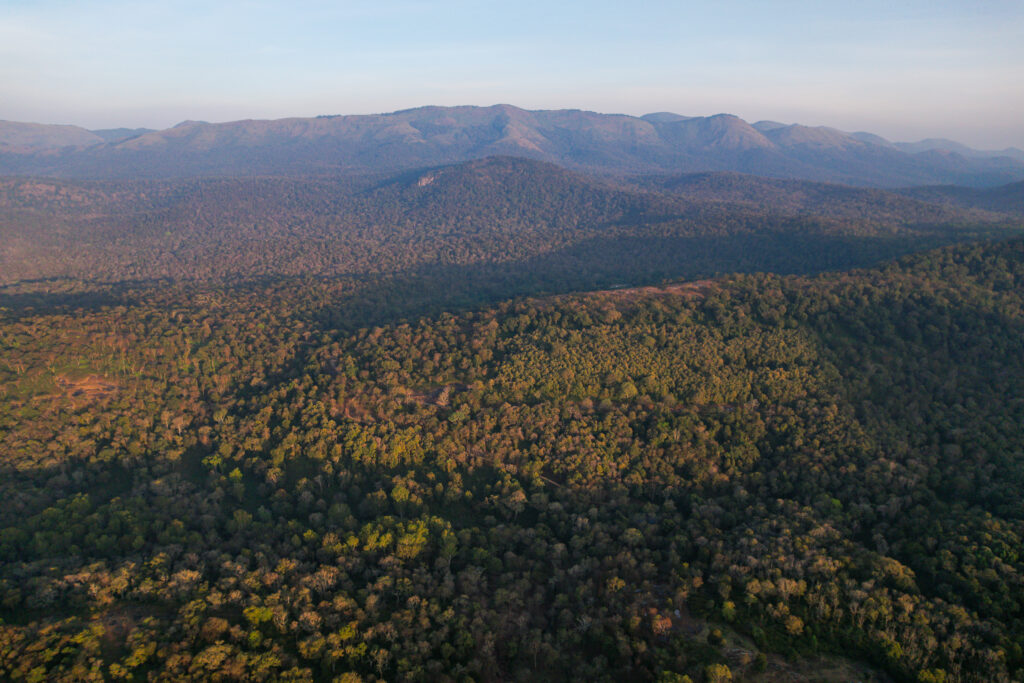
The Central Suriname Nature Reserve is, not surprisingly, located in the center of the country, over 200km south of Paramaribo. Listed as a UNESCO World Heritage Site since 2000, it is home to no fewer than 400 bird species, 5,000 plant species and numerous animals typical of the region. Don't miss the Raleigh Falls, a long staircase of water descending from the Coppename River.
4- What to do in Suriname Hiking on Mount Kasikasima
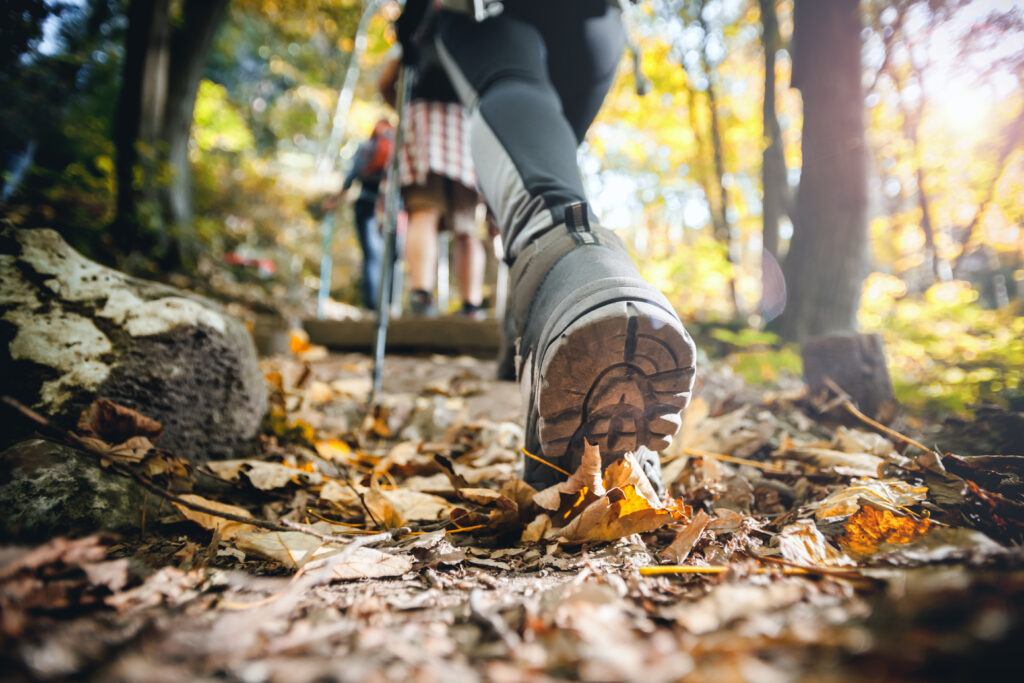
Climb to the top of Mount Kasikasima, over 700m high. After a three-hour hike accompanied by a guide, you'll enjoy a magnificent view of the Amazon rainforest. Behind the Kasikasima mountains, you'll be able to see the inselbergs, rocky hills considered sacred sites by Suriname's Amerindian population.
5- Descending the Commewijne River
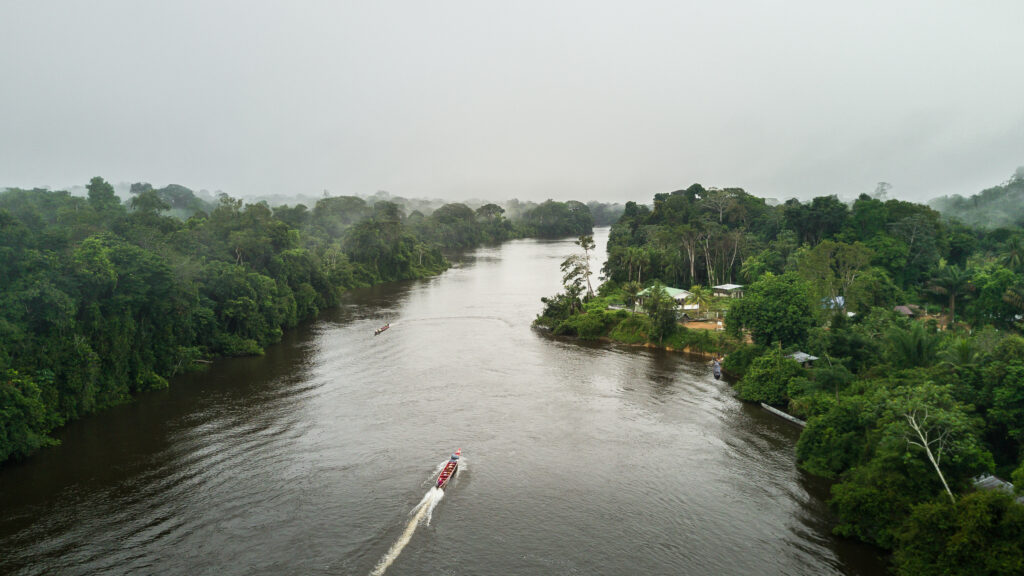
All along the Commewijne River are ancient plantation estates nestled in dense forest. Well-maintained roads around the plantations allow you to explore the area by bike and learn more about their history. The most popular way to cross the river is by water cab from Paramaribo. Most will take you to Frederiksdorp or Fort Nieuw Amsterdam, a former fort now an open-air museum dedicated to the area.
6- Galibi Nature Reserve
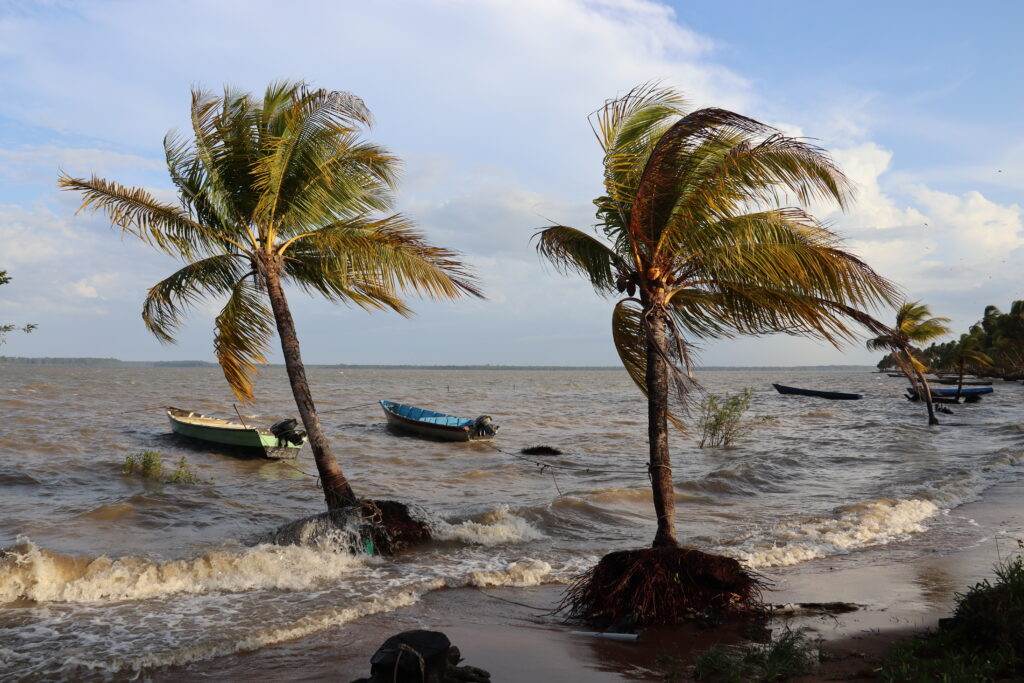
Located on the banks of the Marowjine River, the Galibi Nature Reserve faces French Guiana. Thanks to the meeting of the ocean currents of Guinea and the fresh waters of the river, the park enjoys a special climate, favoring the development of a unique biodiversity. Originally created to protect turtle nesting grounds, the reserve is now used to preserve its rich flora and fauna. Birdwatchersparticularly appreciate this destination.
7- Go to Bigi Pan
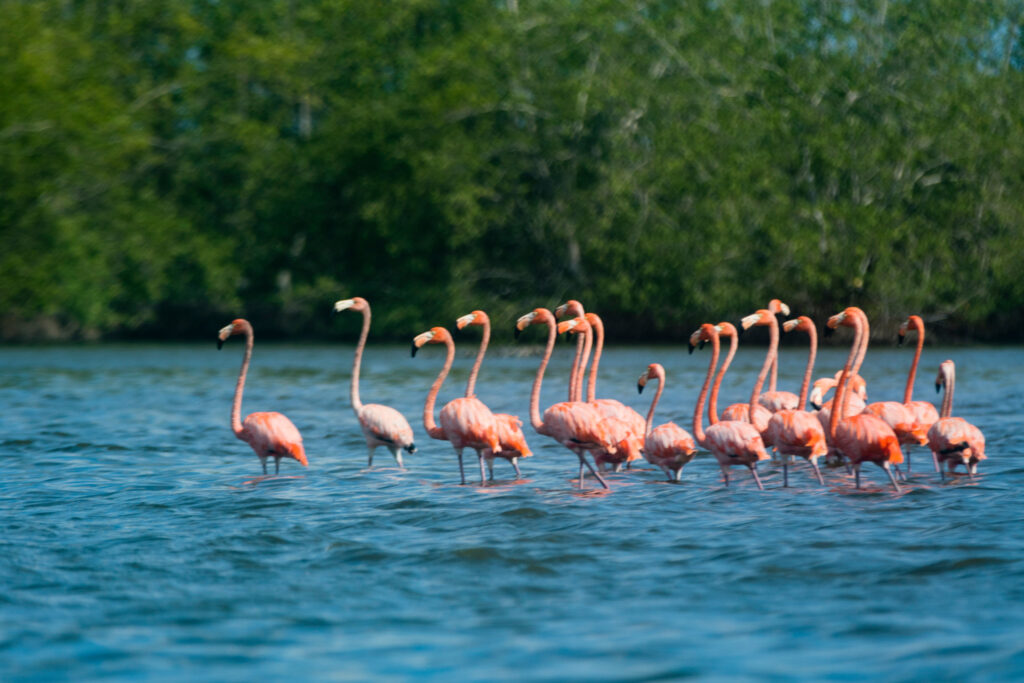
On the country's northwest coast, Bigi Pan is an estuarine zone with a nutrient-rich lagoon, making it an important environment for Suriname's flora and fauna. Numerous small fish and fry can thrive here, as the vegetation protects them from predators. Nevertheless, their proliferation attracts numerous species of birds, which ornithologists are eager to observe. It's also an ideal place to relax in one of the nearby stilt lodges .
8- Discover the wildlife of the Copi Nature Reserve
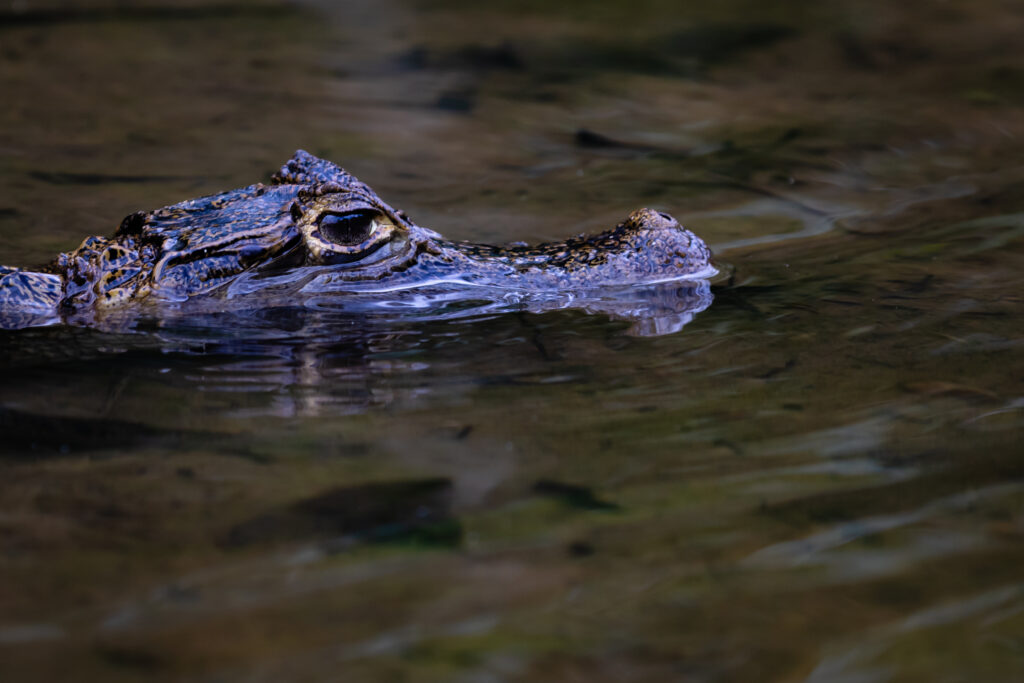
The Copi Nature Reserve covers 180 km² and is located near the Casawinicakreek River. You'll find mainly swamps, wet savannahs and white sand forests. In 1986, this exceptional site became a protected reserve in order to conserve its savannahs and remarkable fauna. You'll find rare species such as otters and caimans. You can reach Copi by boat from Stolkertsijver.
9- What to do in Suriname Go to Palumeu
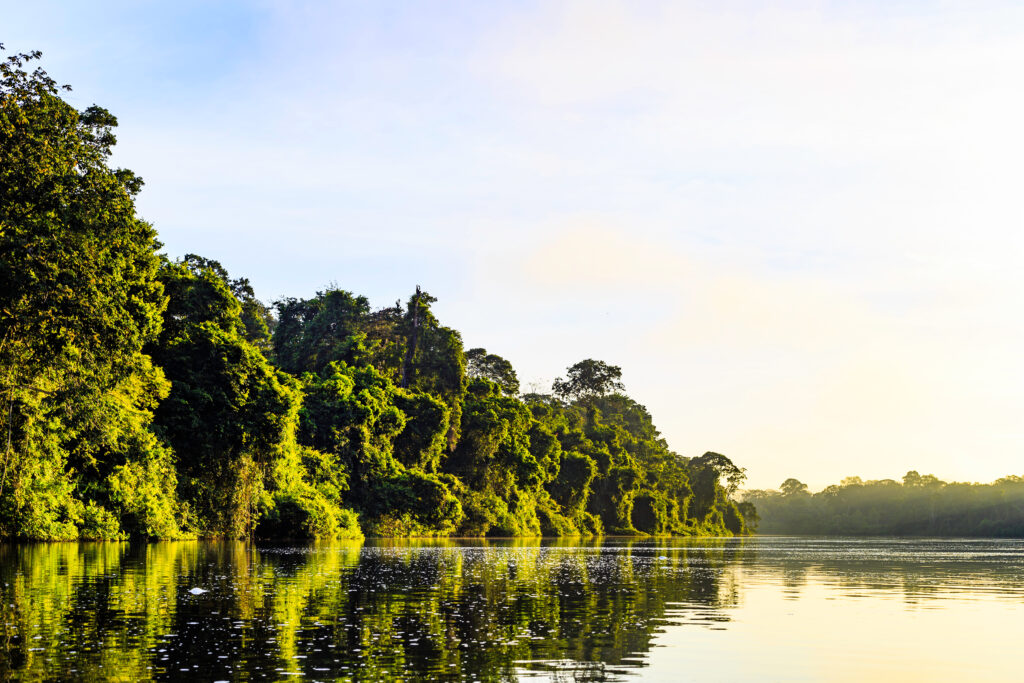
Lost in the middle of the Amazon jungle, the village of Palumeu was born of the coming together of several Amerindian communities. This took place after the opening of an airstrip at the end of the Second World War. While the inhabitants now have easy access to the capital, they have retained a traditional way of life based on hunting, fishing and farming, while welcoming a small number of tourists.
10- Visit Nieuw Nickerie
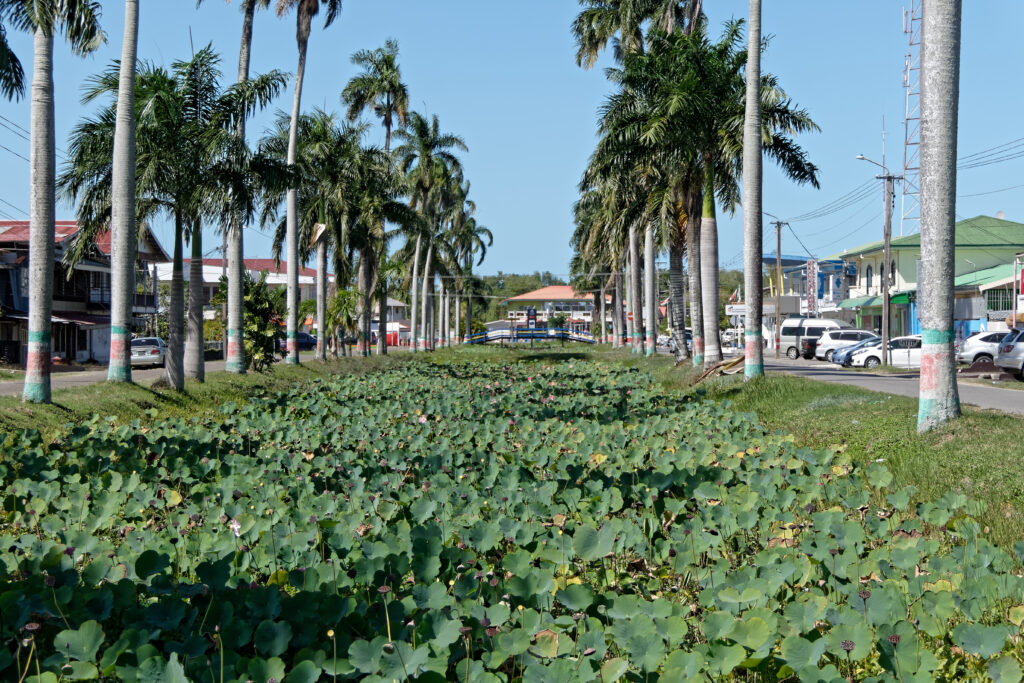
In the very west of Suriname, close to the border with Guyana, Nieuw Nickerie is the country's third-largest city. You can reach this border country by ferry if you wish to visit. Nieuw Nickerie lies at the end of the national road that runs along the entire Surinamese coastline, at the mouth of the Atlantic and Corentyne rivers. It's also where the Nickerie River flows into the sea, a river that many tourists like to swim upstream.
11- Getting to Marienburg
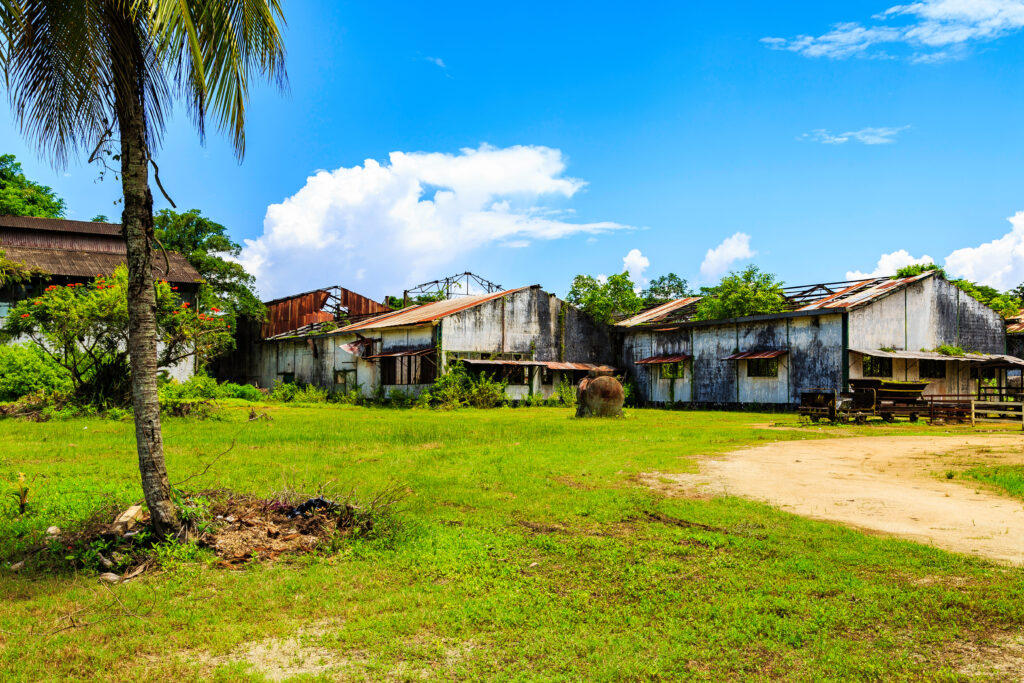
Founded in 1745, Marienburg was originally a sugarcane plantation. It changed ownership and production several times. Today, the former plantation resembles a ghost town, haunted by a dark history marked by colonial slavery. Although nature has reclaimed its rights over the infrastructure, the site remains a major tourist attraction for those wishing to learn more about Suriname's history.
Is it dangerous to visit Suriname?
There have been reports of urban crime, particularly in Paramaribo. As with many destinations, the Ministry of Foreign Affairs advises tourists to be careful with their personal belongings and not to show ostentatious signs of wealth.
Nevertheless, many of the dangers encountered in Suriname are specific to the Amazon rainforest. If you travel in the forests and rivers, do so accompanied by a specialized local guide. Touching plants and animals is not recommended, and illegal gold-panning activities are an additional risk factor.


